Description
This historic book may have numerous typos and missing text. Purchasers can download a free scanned copy of the original book (without typos) from the publisher. Not indexed. Not illustrated. 1904 Excerpt: …southern frontier of Barukatcheva. NAS’AS’ATA or Basiasita igz-jfjp A Brahman of Kubha, who became the 25th patriarch (in Central India) and died (A D. 325) by samadhi. NATCHTCHAGITA VADITA VISUKADASSANA VEKA IDJI ou sa nt take part in singing or dancing in musical or theatrical performances, nor go to look on or listen. The 7th of the 10 S’ikcMpada. NAVADEVAKULA jSgglp An anoient city (now Nohbatgang) on the Ganges, a few miles S. E. of Kanyakubdja. NAVAMALIKA explained by lit. varie gated flowers. A perfume used for scenting oil. See Mallika, NAVAPA m or now called (Pidjan). An ancient kingdom on the eastern border of Gobi. See Makhai. NAVASAMGHAKAMA An ancient vibara mm near Baktra, possessed of a tooth, basin and staff of S’akyamuni. NAYAKA jgfp lit. the guide of devas and men (Niiyaka deva manuchyanam). An epithet of S’akyamuni. See Manuchya. NEMB1DHAKA (Siam. Neminthon) or j Rill IE 01 l/SHI explained by jjip lit. what earth grasps, or by nlj litfish mouth mountain. (1.) A fish with a curiously shaped head. (2.) The lowest of the seven concentric mountain ranges (600 yodjanas high) which encircle Meru. NEPAL A An ancient kingdom (now Nepaul). E. of Khatmandu, 10,000 li from China, noted for the amalgamation of Brahminism and ancient Buddhism, which took place there, also as a station in the route of Indian and Chinese embassies, and as possessing fire (naphtha) wells. MCHKLES’A ffiJ(‘f lit. no return to trouble and vexation. Freedom from passion, a characteristic of the state of an Arhat. NICHTAPANA gt or Kitor ut-bumiiis Cremation, as performed in China at the funerals of priests. NIDANA (Tib. Rten brel) explained by-p–g H lit. the 12 causes of existence. (1.) The fundamental dogma of Buddhist thought, the concatenation of cause and effe…

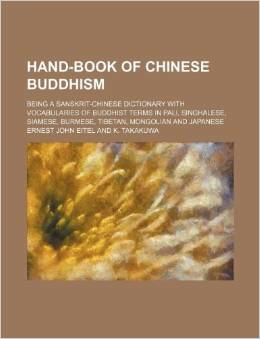
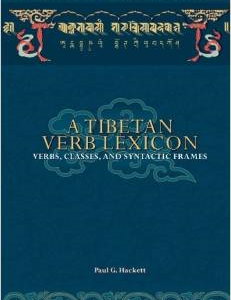
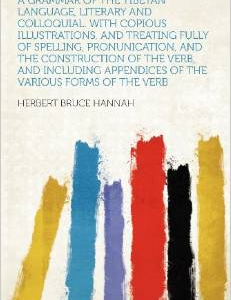
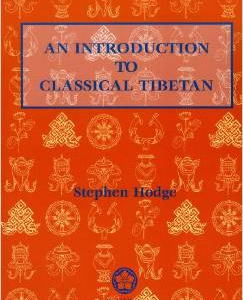
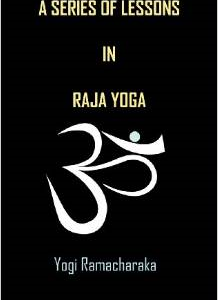
Reviews
There are no reviews yet.